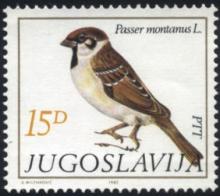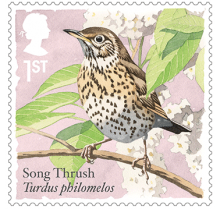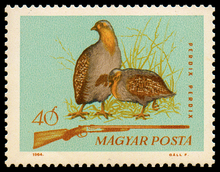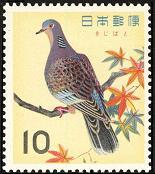Farmland bird decline and pesticides
Author : Dr. Sue Armstrong Brown
Pesticides et déclin des oiseaux des milieux agricoles
60% des espèces d’oiseaux d’Europe vivent en milieu agricole. Les pesticides détruisent les invertébrés : insectes, scarabées, araignées (plus globalement : les arthropodes dont les insectes et les annélides NdT) une ressource alimentaire importante pour les poussins. Les herbicides font disparaître les graines des plantes sauvages – une ressource alimentaire particulièrement importante durant les mois d’hiver. Les herbicides réduisent aussi les populations d’invertébrés par élimination des plantes hôtes. Une corrélation temporelle frappante entre le début du déclin et l’usage des pesticides existe pour les moineaux friquets, les tourterelles des bois, le bouvreuil, la grive musicienne, le moineau domestique, le vanneau, le bruant des roseaux, l’alouette des champs, la linotte mélodieuse, les hirondelles, le merle et l’étourneau.






